What is Nature Photography?
When you first hear the phrase “nature photography”, you likely wonder what it includes, as its a very broad sounding term.
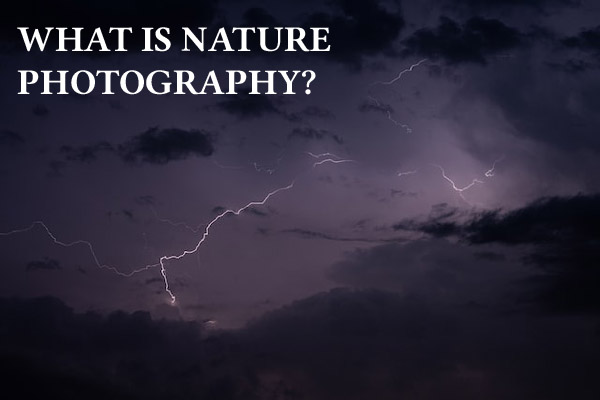
In this article I will describe nature photography, its types, techniques used, how to succeed in nature photography as a business, and how to do well in this genre.
To understand what nature photography is, we first need to understand the meaning of “nature.” The Merriam-Webster dictionary defines nature as “the material world and its phenomena.”
This includes everything from the smallest microorganisms to giant galaxies. Nature photography, then, is the photography of the material world and its phenomena.
So, what is nature photography? Nature photography can be defined as the photography of natural components, cherishing landscapes, wildlife, plants, and then on. The primary purpose of nature photography is to catch the wonder of the natural world.
Nature photography is a trendy genre of photography, and there are many different sub-genres within it. Some of the most popular sub-genres of nature photography include landscape photography, wildlife photography, and macro photography.
Landscape photography is the photography of natural landscapes, cherishing mountains, forests, and rivers. At the same time, wildlife photography is the photography of animals in their commonplace. In addition, macro photography is the photography of little subjects resembling insects, flowers, etc.
There are many various techniques that nature photographers use to arrest the wonder of the plants. Some of the most popular methods include using a long exposure to capture the movement of the clouds or river flow, a wide-angle lens to capture a vast landscape, and a close-up lens to capture small details.
No matter what techniques you use, nature photography is a challenging and appreciated genre of photography. So if you’re up for the challenge, get out and start shooting!
The Different Types Of Nature Photography
Nature photography will be divided into many completely different categories, every with its distinctive challenges and rewards. Here are a number of the largest standard kinds of nature photography:
1) Landscape Photography
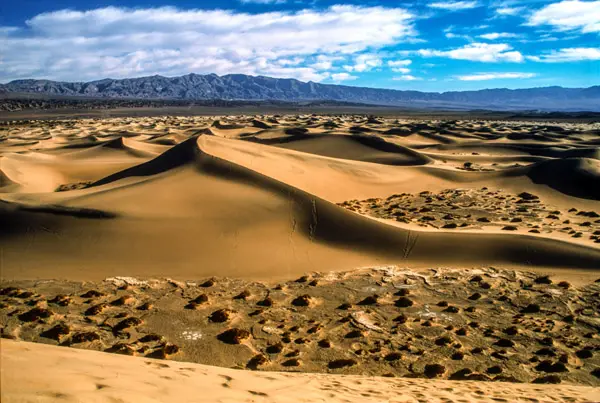
Landscape photography captures the wonder of natural scenery, mountains, forests, rivers, and more. Landscape photographers often have to hike to remote locations to get the best shots, and patience is vital in waiting for the perfect light and composition.
2) Wildlife Photography
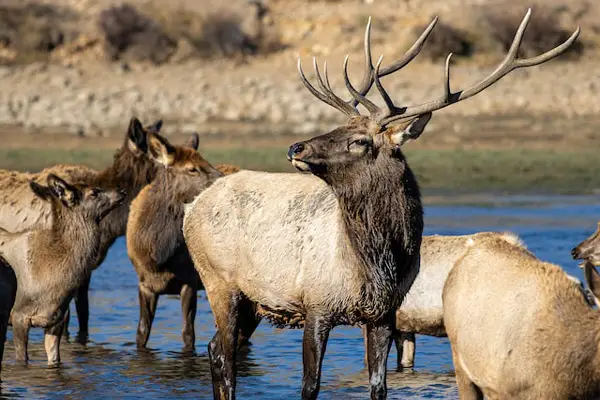
Wildlife Photography specializes in catching images of animals in their natural home. Creatures like amphibians, mammals, birds, reptiles, or other subjects are wildlife photography’s concern. It mainly focuses on their hunting, eating, sleeping, in fact, their way of life in nature. Photographers must be very patient and have quick reflexes to get good shots, as wildlife can be unpredictable.
3) Macro Photography
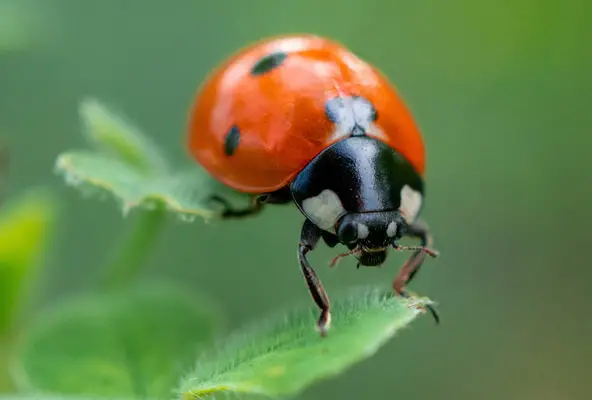
When photography focuses on taking close-up shots of small subjects, such as flowers, insects, and other small creatures, macro photographers need a lot of patience and a steady hand to get great shots.
4) Night Photography
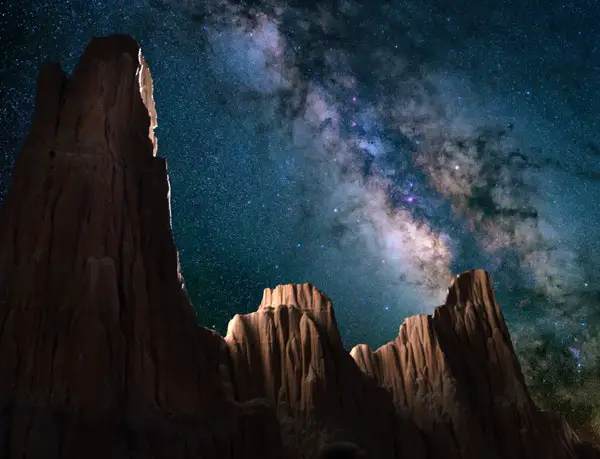
Night photography captures night sky images, including stars, the moon, and other celestial objects. Night photography can be challenging, as photographers need to be able to work in low light conditions and have a good understanding of how to use their camera’s settings.
5) Seascape Photography
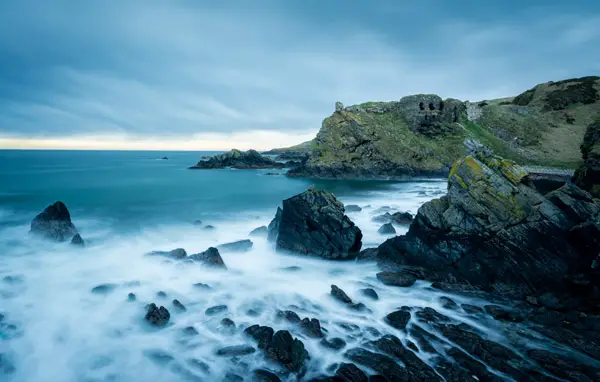
It involves capturing the beauty of the ocean, including waves, sunsets, and more. Seascape photographers often have to deal with difficult weather conditions and the challenge of getting close to the water without getting wet.
The Best Nature Photography Areas In The World
Nature photography can be defined as a branch of photography that involves the documentation of natural phenomena, including landscapes, plants, animals, and other features of the great outdoors. It is a popular genre of photography, and many photographers aspire to capture the perfect nature photo.
Many stunning locations around the world are ideal for nature photography. From the mountains of Patagonia to the plains of Africa, there is no shortage of beautiful places to photograph. Here are five of the best nature photography locations in the world:
Patagonia, Chile
The Okavango Delta, Botswana
The Himalayas, Nepal
The Atacama Desert, Chile
Yosemite National Park, USA
The Various Techniques Utilized In Nature Photography
Nature photography is to be formed as a photograph capturing nature’s wonder. This can be anything from a landscape to a close-up of a flower. Nature photographers use a variety of techniques to get the best shot possible.
One technique that’s usually used is named “framing.”. This is once the creative person uses components within the scene to form a frame around the subject. For example, it can be done using trees, branches, or even rocks. By doing this, the photographer can create a sense of depth and dimension in the photo.
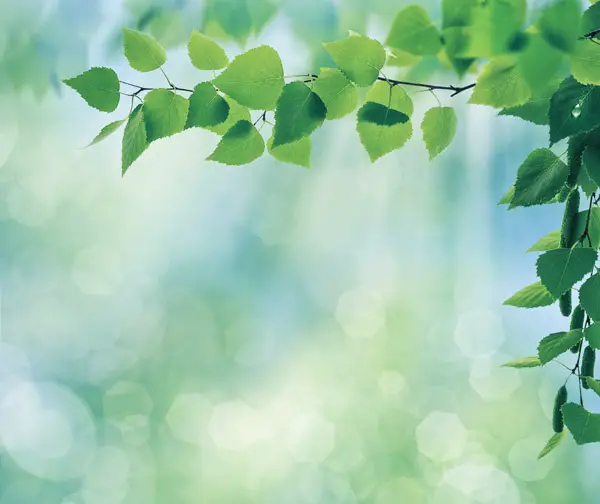
Another technique often used in nature photography is “leading lines.”The artist makes use of traces in the scene to lead the way the viewer’s eye to the subject. This can be done by employing a path, a river, or a skyline. Using leading lines, the creative person will produce movement and direction within the photo.
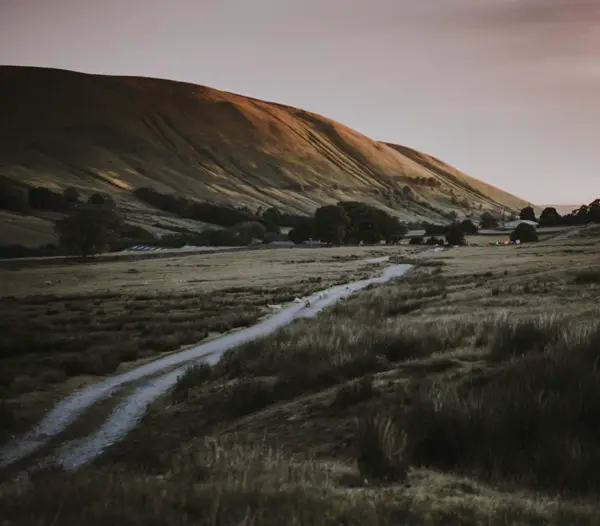
So, next time you try to take photos of nature, keep in mind to undertake several of these techniques. By using them, you can create some truly stunning images.
The Business Of Nature Photography
As a nature photographer, it is also necessary to know the professional aspect of things. This means clearly understanding what nature photography is, what the market is like, and what you can do to make a successful career out of it.
Nature photography is all about capturing the wonder of the natural world. This can be done through landscape photography, life photography, or macro photography. Whatever the case may be, nature photography is all about showing the world in its most natural state.
The market for nature photography is vast. There are many different outlets for this type of photography, from magazines and books to online stock photo agencies. If you publish your work in any of these outlets, you can make a good living as a nature photographer.
You can do some things to grow your probabilities of achievement within the nature images business. First, it is vital to own a robust portfolio. This will show potential clients or employers what you are capable of and assist you in standing out from the competition.
Second, it’s a good idea to get involved in the community. There are many different photography forums and websites where you can connect with other photographers and learn more about the business.
Third, it’s essential to be proactive and market yourself. This means making a website or weblog wherever you’ll showcase your work, similar to sending promotional materials to potential clients.
Following these recommendations, you can grow your probability of creating a hit profession out of nature images.
The Importance Of Nature Photography: Why We Should Care
Nature photography is a genre that captures pictures of natural scenery reminiscent of landscapes, wildlife, and plants. It is a surprisingly new genre, best-gaining recognition within the early twenty-first century. Nature photography is important because it allows us to document and preserve the beauty of the natural world. It also helps us appreciate the world and understand conservation’s importance.
The Power Of Nature Photography: Showing The World In A New Light
In nature photography, the photographer captures the natural world in all its beauty and majesty. By doing so, they can show the world in a new light and inspire people to appreciate the natural world around them.
Nature photography is a potent tool for raising awareness concerning environmental issues. By showing the world the beauty of nature, and the importance of preserving it, photographers can help to make a difference.
What is it about nature photography that’s thus powerful? Naturally, a part of it’s the flexibility to capture the globe during a method that’s aesthetically pleasing and accurate. But I think the real power lies in the ability to show the world in a new light.
Through nature photography, we can see the world differently. We can appreciate the wonder of the natural world and know the importance of conserving it.
The Emotion Of Nature Photography: Telling A Story Through A Picture
Nature photography is about capturing the sweetness and feeling of the natural world. It can be about the grandeur of a mountain range, a flower’s delicate petals, or a kitten’s playful antics. But no matter the subject, nature photography is about capturing the scene’s feelings.
One of the highest potential ways to undertake this might be to inform a story alongside your pics. A nature photograph should be more than just a pretty picture; it should evoke an emotion in the viewer.
Before you take it, expect what you prefer to mention in conjunction with your photo. What is the feeling you want to capture? Is it the serenity of a beautiful landscape, a waterfall’s energy, or a kitten’s playful nature? Once you know what feeling you want to capture, you can start to compose your photo to tell that story.
Think about the elements in the scene that will help convey that emotion. For example, is there a specific plant or animal you want to center on? Or is it the general feeling of the scene that you simply need to capture? Whatever it is, make sure that your composition helps to tell that story.
And finally, don’t fail to remember to attach your special touch to the photo. Nature photography is about your connection to the natural world, so make sure your picture reflects that.
The Details Of Nature Photography: Finding The Hidden World Around Us
Nature photography is the act of photographing natural scenes resembling landscapes, wildlife, and plants. It can be done in a studio or the wild and often requires special equipment and skills.
One of the critical aspects of nature photography is finding the hidden world around us. This often means getting close to your subject matter, whether it’s a flower or an animal. It’s about finding the small details that make up the big picture.
This can be a challenge, but it’s also one of the most rewarding parts of the process. When you finally capture that perfect shot, it’s all worth it.
The Journey Of Nature Photography: The Adventure Of A Lifetime
Have you ever needed to explore the planet and see all its natural beauty? If so, then nature photography might be the perfect activity for you! Nature photography is capturing images of nature and the natural world.
This can include everything from landscapes to animals to plants and more. Nature photographers usually travel to remote locations to induce the foremost effective shots.
One of the most effective things concerning nature photography is that it’s a gratifying experience. Not only will you get to see some fantastic places, but you’ll also get to capture those moments in time and share them with others.
If you consider getting into nature photography, you should keep a few things in mind. Firstly, you’ll need to own a quality camera. This does not mean you just need the priciest primary camera on the market, but one that takes high-quality images.
Second, you will have to be ready for a great deal of walking. Nature photography often involves hiking to remote locations, so you’ll need to be in good shape.
Finally, you’ll need to be patient. Nature photography is often a waiting game, as you never know until that good shot will reveal itself.
If you’re ready for an adventure and passionate about capturing the beauty of the natural world, then nature photography is the perfect hobby!
The Impact Of Nature Photography
Nature photography is a genre that generally depicts landscapes, wildlife, and different outside scenes. Nature photography is often used to document the natural world and raise environmental awareness.
While the impact of nature photography can be challenging to quantify, it is clear that these images can have a powerful effect on viewers. In addition to providing a window into the beauty of the natural world, nature photography can inspire people to take action to protect the environment.
One of the most famous examples of the impact of nature photography is Ansel Adams’ “Moonrise, Hernandez, New Mexico.” This image, taken in 1941, is attributable to boosting public awareness concerning the necessity to conserve America’s natural resources.
While nature photography can have a positive impact, it is essential to remember that these images can also be used to exploit natural resources. As such, it is essential to be thoughtful and responsible when using nature photography to ensure its positive impact.
Click the following link to learn the techniques wildlife photographers use to get close to subjects.





